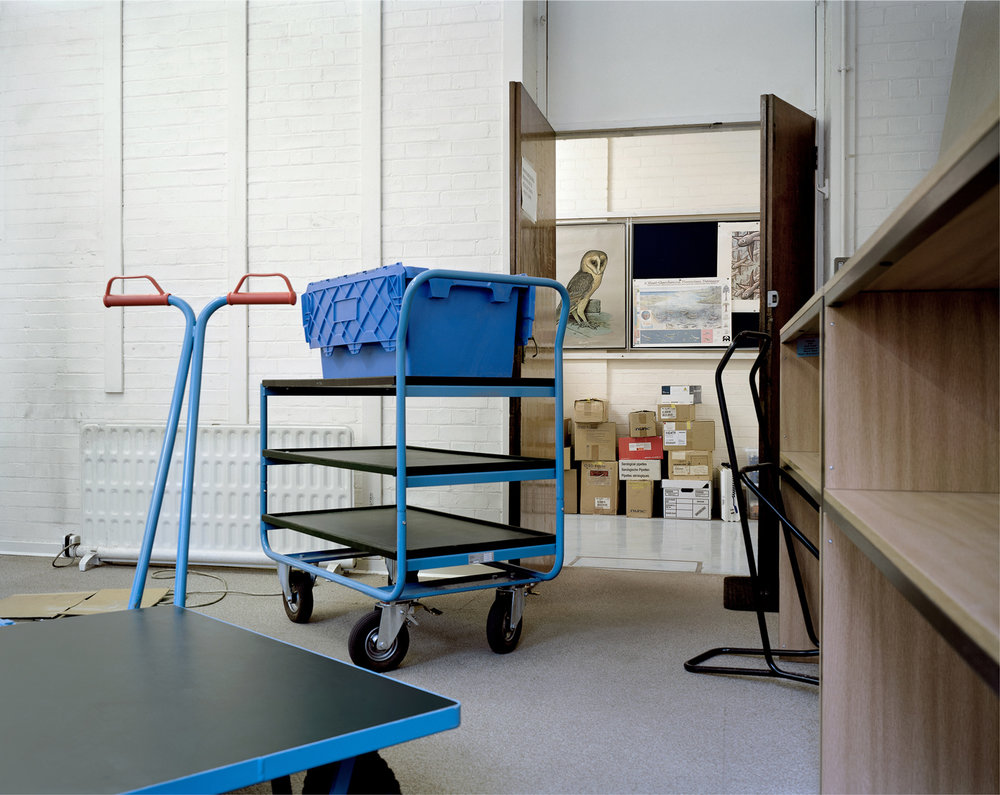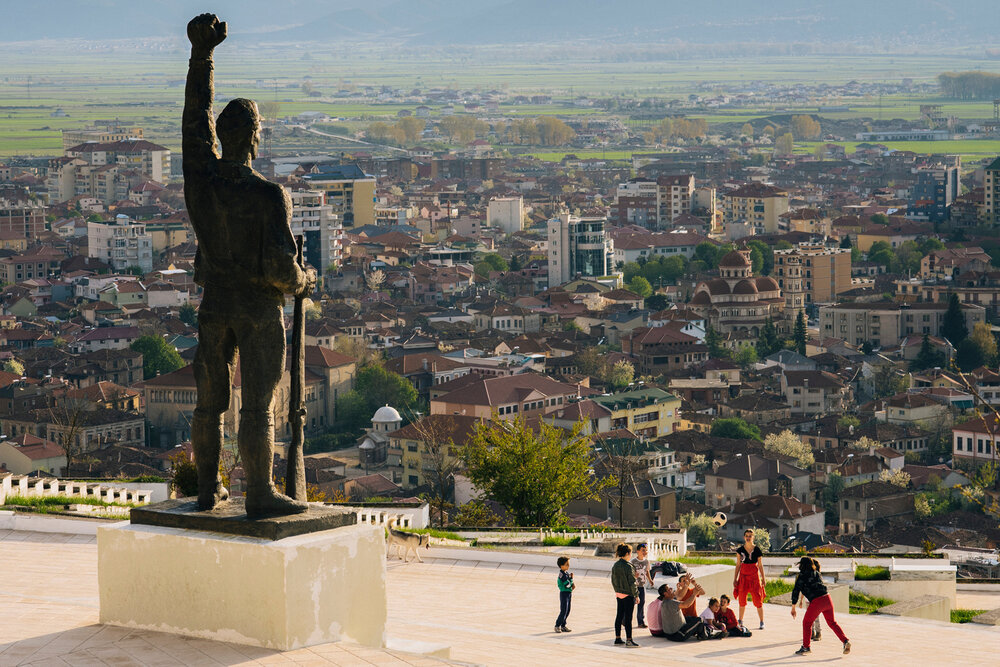On This Day
Photographer John Angerson travels to the precise locations of some of the most important events in Britain's recent history, showing thee locations as they are today.
The story of the fateful voyage of the RMS Titanic is one of heroism and hubris – a potent touchstone for the age of empire and inequality that the ship’s brief existence straddled. It offers us a window into the lives of well-heeled industrialists and aristocrats luxuriating in first class, and the poor immigrants packed into the ship’s bowels, in conditions not dissimilar to the tenement houses many had left behind in Britain and Ireland.
Built in today’s Northern Ireland, with American money and British technology, the Titanic sailed for America at a time when the UK was the world’s premier nation, controlling a vast trading empire spanning a quarter of the globe. But the Titanic’s last hours, racing through a known ice field in order to break a world speed record, also offer us a glimpse into the “mindset” of the time – one of high stakes and high risks, with parallels to the Britain of today.
Cobh, in Ireland, was the Titanic’s last port of call before it set sail across the Atlantic. A photograph of the town’s jetty, taken exactly 106 years later, provides our starting point for On This Day – an extensively researched photo essay by photographer John Angerson, made in conjunction with historian Professor Ian McBride. Together, they compiled a list of the most significant events in British and European history since 1900, and over a number of years, John has travelled to the precise locations where these events took place, capturing a series of single images showing those locations as they are today.
Among them are moments which sparked profound social transformation. In 1913, Emily Wilding Davison – a young Suffragette campaigning for the right of women to vote – stepped in front of the King’s horse at Epsom Racecourse. Her act of protest resulted in her death, but the flag she was carrying now hangs in the Houses of Parliament. Others focus on moments of scientific progress, such as the discovery of the structure of DNA at Cambridge University – a breakthrough which provided the foundation for widespread scientific innovation. Then there is Britain’s relationship with its closest neighbours in Europe. In one image, we see the sands of the Normandy beaches, where British troops – alongside American, Polish, Canadian, and French forces – began the liberation of Europe. Another bears witness to the political culmination of that endeavour – the signing of the Maastricht Treaty, which led to the creation of the European Union. John’s images powerfully connect the past with the present: a memorial to events that were both fleeting and eternal – over in an instant, and with consequences still felt today.
11 April 2018 Cobh, Ireland

11 April 1912
A total of 123 passengers boarded the RMS Titanic at Queenstown (now called Cobh), a port in southern Ireland. Three travelled first class, seven in second class, while the remainder travelled in “steerage” (third class). A total of 1,308 passengers were aboard as they left Queenstown, together with 898 crew members.
4 June 2016 Tattenham Corner, Epsom Racecourse, England

4 June 1913
Emily Wilding Davison was a Suffragette who fought for the right of women to vote. She was jailed on nine occasions and force-fed forty-nine times while on hunger strike in prison. On 4 June 1913, she stepped in front of King George V’s horse Anmer at the Epsom Derby, sustaining injuries that resulted in her death four days later.
28 February 2017 Cambridge, England

28 February 1953
Room 103 of the Austin Wing at the Cavendish Laboratory, Cambridge University. This is the room in which James Watson and Francis Crick discovered the double helix structure of DNA, which carries the genetic instructions for the development of all known organisms. This seminal breakthrough in scientific history led to a wide range of innovations, with related breakthroughs still being made to this day.
3 February 2019 Government Buildings, Maastricht, Netherlands

3 February 1993
The Maastricht Treaty was signed by twelve members states of the European Community at the government buildings of the Limburg province, Maastricht, the Netherlands. The treaty led to the foundation of the European Union, and the creation of a single currency, the Euro, which is today used by nineteen EU countries.
Read the full version of this story in print.
Point.51 is a proudly independent magazine produced by a team of journalists and photographers from across Europe. Please support our work by buying the print edition of Point.51 and enjoying stories like this one in full.
Issue 02 . Britain
Stories and photographs from across the UK, throwing light on how Britain got to where it is today – and where it might be heading in the future.






_pwcxffqdte6jz2e7fh62ds.jpg)